"The Polar Bears Animal".
"El animal de los osos polares''.
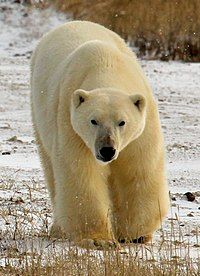
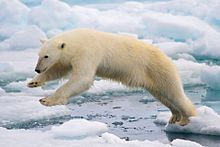
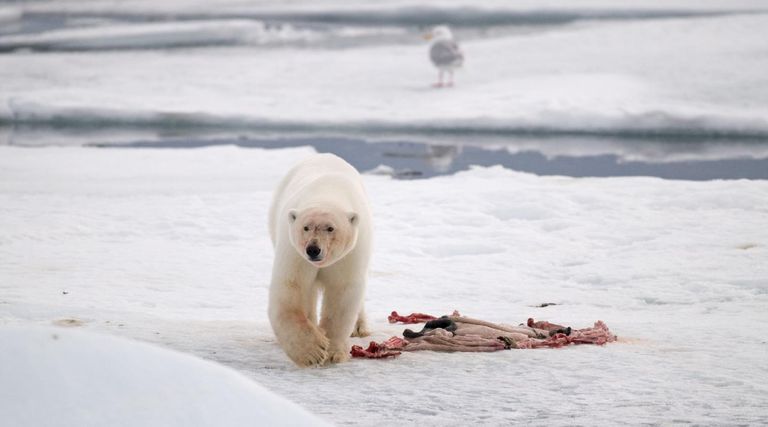
https://en.wikipedia.org/wiki/Polar_bear
The Polar Bears Animal//El animal de los osos polares
21.09.2020
It is a kind of animal. These animals are called polar bears. However, they have a scientific name is Ursus maritimus. These polar bears are the best animals in the world. The favorite food of these polar bears is meat, they eat the meat of any species of animal.
Es una especie de animal. Estos animales se llaman osos polares. Sin embargo, tienen un nombre científico es Ursus maritimus. Estos osos polares son los mejores animales del mundo. La comida favorita de estos osos polares es la carne, comen la carne de cualquier especie de animal.
However, there are some
species of bears that eat vegetarian food. These types of bears are commonly
found in the polar region. Bears are white in color and have a lot of thick fur
on them. These animals are a subject of zoology. Involved in zoology.
Sin embargo, hay algunas especies de osos que comen comida vegetariana. Estos tipos de osos se encuentran comúnmente en la región polar. Los osos son de color blanco y tienen mucho pelaje espeso. Estos animales son objeto de zoología. Involucrado en zoología.
This type of animal is
discussed in zoology books. So I have a zoology book and there is a chapter
discussing this animal. Then I study about this animal today and get to know
about the animal.
Este tipo de animal se comenta en los libros de zoología. Así que tengo un libro de zoología y hay un capítulo sobre este animal. Luego estudio sobre este animal hoy y llego a conocer al animal.
These polar bears are
carnivores, they eat the flesh of different species of aquatic and terrestrial
animals. They go to aquatic places and catch fish with their paws and eat it.
These polar bears usually live in icy conditions and this is the best place for
them to live.
Estos osos polares son carnívoros, se alimentan de la carne de distintas especies de animales acuáticos y terrestres. Van a lugares acuáticos y pescan con sus patas y se los comen. Estos osos polares suelen vivir en condiciones heladas y este es el mejor lugar para vivir.
These bears have thick
skin and fat under the skin so they can survive extreme cold. They can stay
afloat even in very cold water. They are one of the most amazing animals in the
world. These bears are again very strong swimmers.
Estos osos tienen piel gruesa y grasa debajo de la piel para que puedan sobrevivir al frío extremo. Pueden mantenerse a flote incluso en agua muy fría. Son uno de los animales más asombrosos del mundo. Estos osos son nuevamente nadadores muy fuertes.
They can swim long
distances or even miles. The speed of these bears can be around 45kph. Then
they have very sharp teeth like saws so that they bite immediately where they
bite.
Pueden nadar largas distancias o incluso millas. La velocidad de estos osos puede rondar los 45 km / h. Luego tienen dientes muy afilados como sierras para que muerdan inmediatamente donde muerden.
These polar bears have
the top 10 different pieces of information, each of which I am presenting below--
Estos osos polares tienen los 10 principales datos diferentes, cada uno de los cuales presento a continuación--
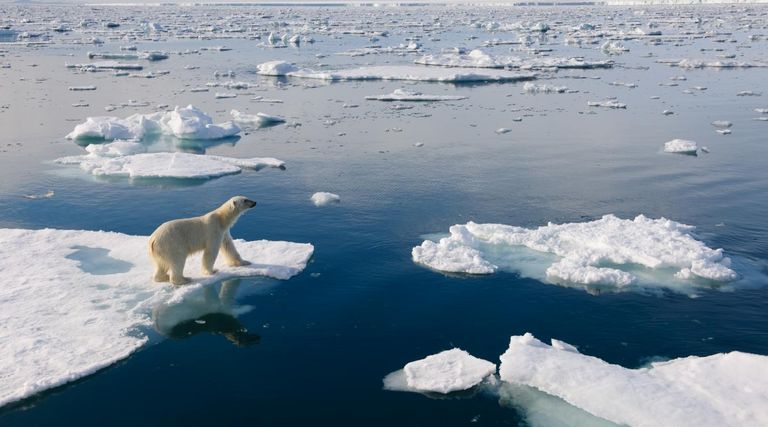 https://www.wwf.org.uk/learn/fascinating-facts/polar-bears
https://www.wwf.org.uk/learn/fascinating-facts/polar-bears
1. Polar bears are classified as marine mammals
Because they spend most of their lives on the sea ice of the Arctic Ocean depending on the ocean for their food and habitat, polar bears are the only bear species to be considered marine mammals.
1. Los osos polares se clasifican como mamíferos marinos
Debido a que pasan la mayor parte de su vida en el hielo marino del Océano Ártico dependiendo del océano para su alimento y hábitat, los osos polares son las únicas especies de osos que se consideran mamíferos marinos.
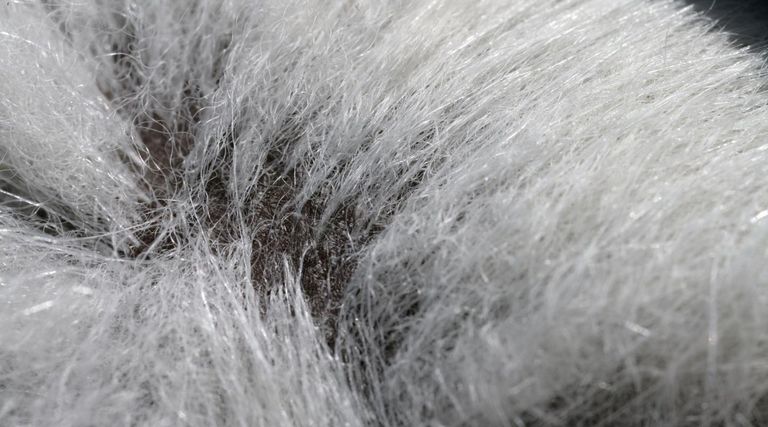
https://www.wwf.org.uk/learn/fascinating-facts/polar-bears
2. Polar bears are actually black, not white.
Polar bear fur is translucent, and only appears white because it reflects visible light. Beneath all that thick fur, their skin is jet black.
2. Los osos polares son en realidad negros, no blancos.
El pelaje del oso polar es translúcido y solo parece blanco porque refleja la luz visible. Debajo de todo ese pelaje espeso, su piel es negra azabache.
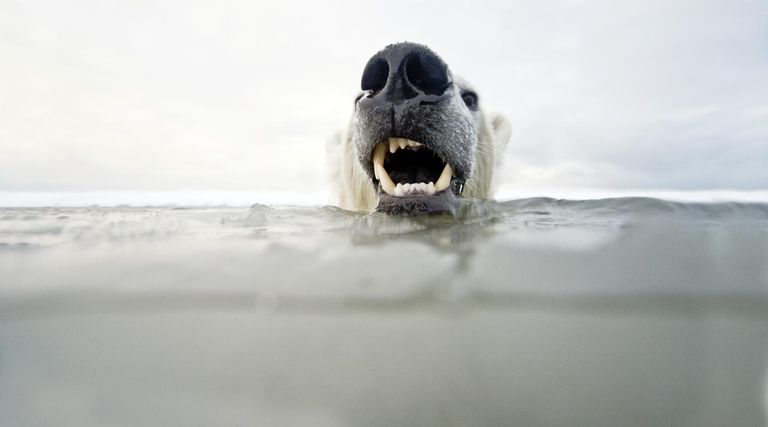
https://www.wwf.org.uk/learn/fascinating-facts/polar-bears
3. They can swim constantly for days at a time
As well as reaching speeds of up to 6mph in the water, polar bears can swim for long distances and steadily for many hours to get from one piece of ice to another. Their large paws are specially adapted for swimming, which they’ll use to paddle through the water while holding their hind legs flat like a rudder.
3. Pueden nadar constantemente durante días.
Además de alcanzar velocidades de hasta 6 mph en el agua, los osos polares pueden nadar largas distancias y de manera constante durante muchas horas para pasar de un trozo de hielo a otro. Sus grandes patas están especialmente adaptadas para nadar, que utilizarán para remar en el agua mientras mantienen sus patas traseras planas como un timón.
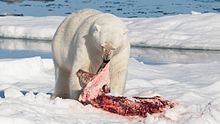
https://www.wwf.org.uk/learn/fascinating-facts/polar-bears
4. Less than 2% of polar bear hunts are successful
Although about half of a polar bear’s life is spent hunting for food, their hunts are rarely successful. Polar bears main prey consists of ringed seals and bearded seals, though they will also scavenge carcasses or settle for small mammals, birds, eggs and vegetation.
4. Menos del 2% de la caza de osos polares tiene éxito
Aunque aproximadamente la mitad de la vida de un oso polar se pasa cazando para alimentarse, sus cazas rara vez tienen éxito. La presa principal de los osos polares consiste en focas anilladas y focas barbudas, aunque también se alimentan de cadáveres o se conforman con pequeños mamíferos, aves, huevos y vegetación.
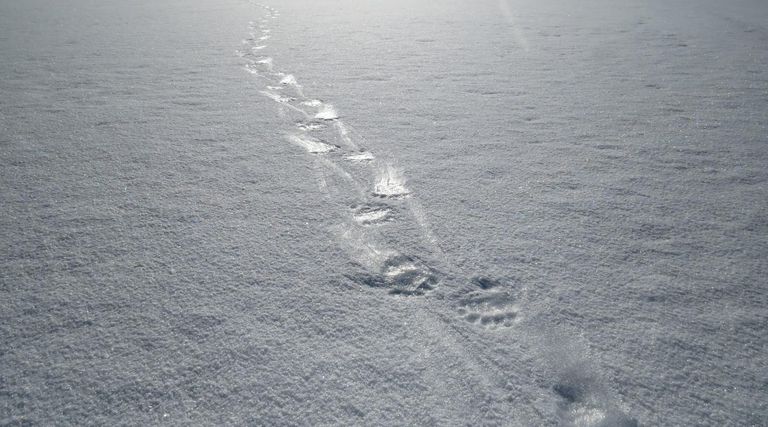 https://www.wwf.org.uk/learn/fascinating-facts/polar-bears
https://www.wwf.org.uk/learn/fascinating-facts/polar-bears
5. Scientists can extract polar bear DNA from just their footprints
An innovative new technique developed by WWF and DNA specialist firm SPYGEN allows scientists to isolate DNA from a polar bear’s footprint in the snow. Two tiny scoops of snow from a polar bear track revealed not just the DNA of the polar bear that made it, but even from a seal it had recently eaten.
5. Los científicos pueden extraer el ADN de los osos polares solo de sus huellas
Una nueva técnica innovadora desarrollada por la WWF y la empresa especializada en ADN SPYGEN permite a los científicos aislar el ADN de la huella de un oso polar en la nieve. Dos pequeñas bolas de nieve de un rastro de oso polar revelaron no solo el ADN del oso polar que lo hizo, sino incluso de una foca que había comido recientemente.
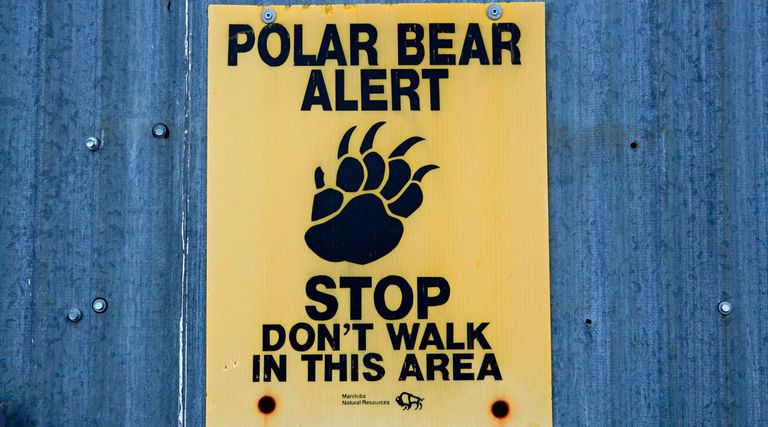 https://www.wwf.org.uk/learn/fascinating-facts/polar-bears
https://www.wwf.org.uk/learn/fascinating-facts/polar-bears
6. They face more threats than climate change
While climate change remains the greatest threat to the polar bear’s survival, that is not all that the predator is up against. The oil and gas industry is turning its eyes to the arctic, and with it comes the potential risks of habitat destruction from oil exploration work. Contact with oil spills can reduce the insulating effect of a bear’s fur requiring them to use more energy to get warm, and can poison them if ingested. Polar bears can also be exposed to toxic chemicals such as pesticides through their prey, which can affect a bear's biological functioning and ability to reproduce.
Melting sea ice from climate change has increased human-polar bear conflicts when hungry polar bears go searching for food in the summer. Fortunately, people are learning to adapt to the polar bear's presence and take preventative measures to reduce the risk of conflict. Learn more about the threats to polar bears and how we are working to solve them.
6. Se enfrentan a más amenazas que el cambio climático
Si bien el cambio climático sigue siendo la mayor amenaza para la supervivencia del oso polar, eso no es todo a lo que se enfrenta el depredador. La industria del petróleo y el gas está volviendo sus ojos hacia el Ártico, y con él vienen los riesgos potenciales de destrucción del hábitat por el trabajo de exploración petrolera. El contacto con los derrames de petróleo puede reducir el efecto aislante del pelaje de un oso, lo que requiere que use más energía para calentarse, y puede envenenarlo si se ingiere. Los osos polares también pueden estar expuestos a sustancias químicas tóxicas como los pesticidas a través de sus presas, lo que puede afectar el funcionamiento biológico y la capacidad de reproducción de un oso.
El derretimiento del hielo marino debido al cambio climático ha aumentado los conflictos entre humanos y osos polares cuando los osos polares hambrientos van en busca de comida en el verano. Afortunadamente, la gente está aprendiendo a adaptarse a la presencia del oso polar y a tomar medidas preventivas para reducir el riesgo de conflicto. Obtenga más información sobre las amenazas a los osos polares y cómo estamos trabajando para resolverlas.
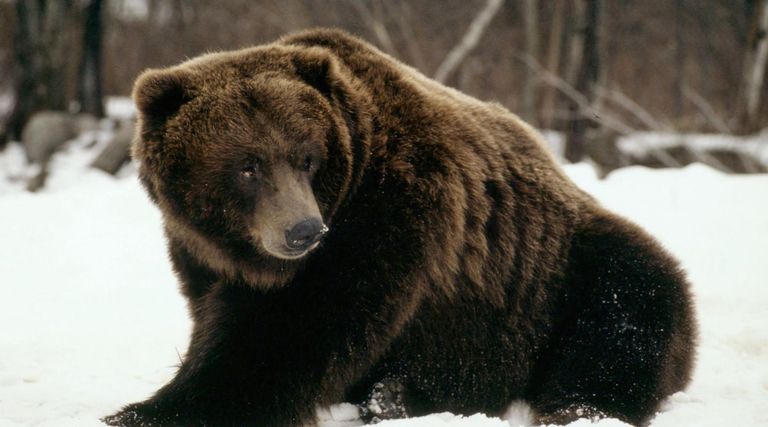
https://www.wwf.org.uk/learn/fascinating-facts/polar-bears
7. Grizzly-polar bear hybrids exist
As recently as 2006 genetic testing confirmed the existence of polar bear-grizzly bear hybrids, also known as ‘grolar bears’ or ‘pizzly bears’. The hybrid physically resembles an intermediate between the two species, but as wild hybrids are usually birthed from polar bear mothers they are raised and behave like polar bears. The ability for polar bears and grizzly bears to interbreed is unsurprising when you consider that polar bears evolved from brown bears as recently as 150,000 years ago!
7. Existen híbridos de oso grizzly-polar
Tan recientemente como en 2006, las pruebas genéticas confirmaron la existencia de híbridos de oso polar y oso grizzly, también conocidos como "osos grolar" o "osos pizzly". El híbrido se parece físicamente a un intermedio entre las dos especies, pero como los híbridos silvestres generalmente nacen de madres de osos polares, se crían y se comportan como osos polares. La capacidad de los osos polares y los osos pardos para cruzarse no es sorprendente si se tiene en cuenta que los osos polares evolucionaron a partir de los osos pardos hace tan solo 150.000 años.
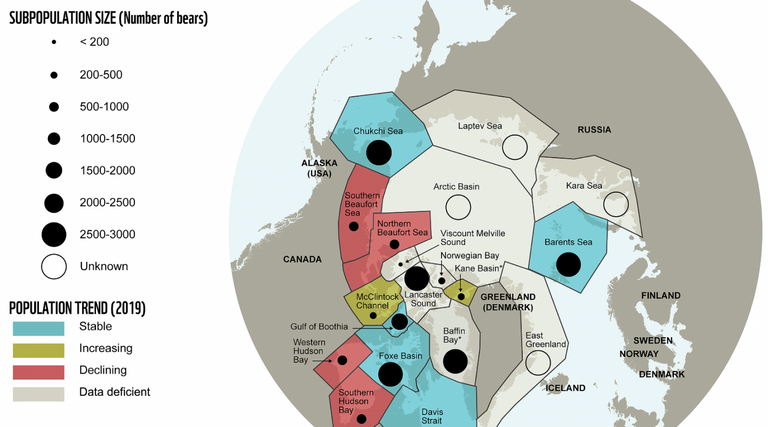
https://www.wwf.org.uk/learn/fascinating-facts/polar-bears
8. There are as many as 19 subpopulations of polar bear
The total population of approximately 26,000 wild polar bears are divided into 19 units or subpopulations. Of these just 1 subpopulation is increasing, 5 are stable and 4 are in decline. The remaining 9 have not been assessed as they are data deficient – we simply don’t have enough information about them to know how they’re doing.
8. Hay hasta 19 subpoblaciones de osos polares
La población total de aproximadamente 26.000 osos polares salvajes se divide en 19 unidades o subpoblaciones. De estos, solo 1 subpoblación está aumentando, 5 son estables y 4 están en declive. Los 9 restantes no se han evaluado porque tienen datos deficientes; simplemente no tenemos suficiente información sobre ellos para saber cómo les va.
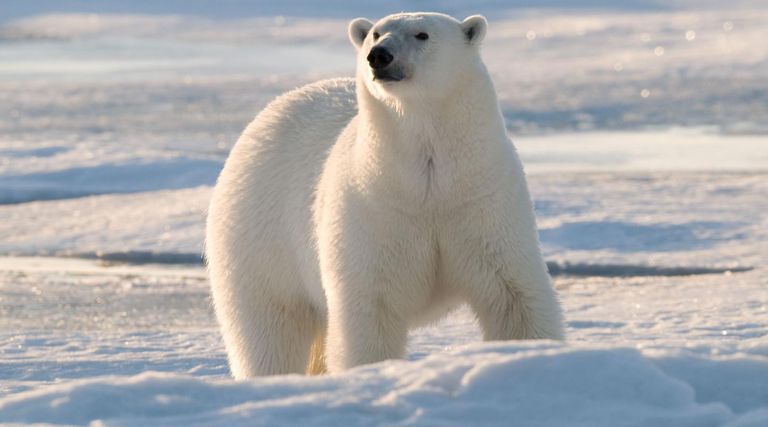
https://www.wwf.org.uk/learn/fascinating-facts/polar-bears
9. Male polar bears can weigh as much as 10 men
Male polar bears can weigh up to 800kg, and are twice the size of females. This, in addition to the fact that they can measure up to 3 metres long, makes polar bears the largest land carnivore in the world.
9. Los osos polares machos pueden pesar hasta 10 hombres
Los osos polares machos pueden pesar hasta 800 kg y son el doble del tamaño de las hembras. Esto, además de que pueden medir hasta 3 metros de largo, convierte a los osos polares en el carnívoro terrestre más grande del mundo.
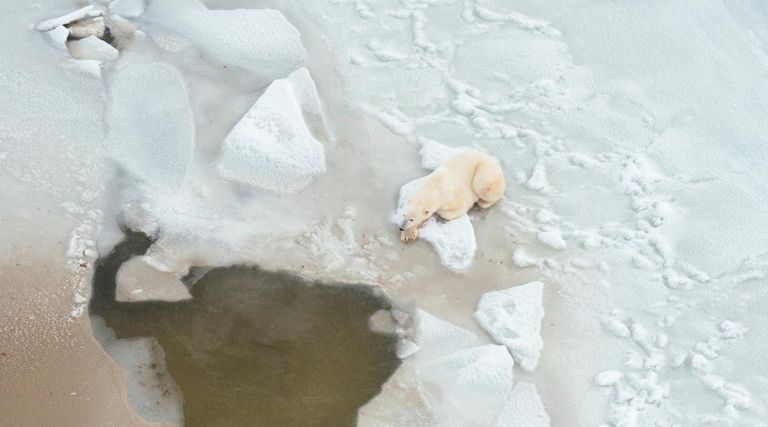
https://www.wwf.org.uk/learn/fascinating-facts/polar-bears
10. They can smell their prey up to a kilometer away
Polar bears have a very strong sense of smell, which they use to find seal breathing holes in the ice. Once it has found the hole, the bear will wait patiently until the seal comes up for air to attack. They can even detect a seal in the water beneath a metre of compacted snow.
10. Pueden oler a sus presas hasta un kilómetro de distancia.
Los osos polares tienen un sentido del olfato muy fuerte, que utilizan para encontrar agujeros para respirar focas en el hielo. Una vez que ha encontrado el agujero, el oso esperará pacientemente hasta que el sello suba para que el aire ataque. Incluso pueden detectar un sello en el agua debajo de un metro de nieve compactada.
Reference // Referencia : https://www.wwf.org.uk/learn/fascinating-facts/polar-bears
Congratulations, your post has been curated by @r2cornell-curate.
Also, find us on Discord (https://discord.gg/BAn2amn)
Thanks.